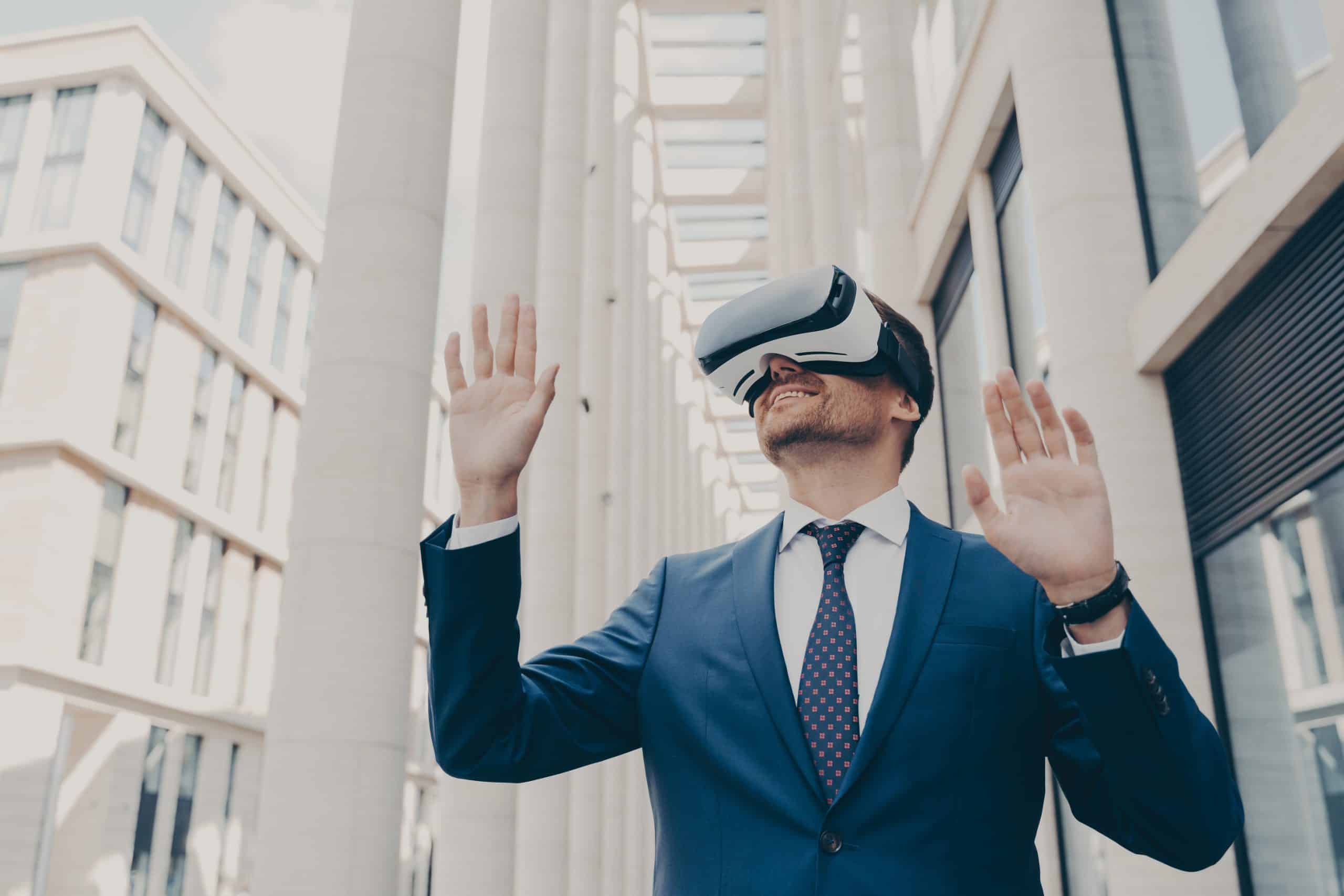How Can Augmented Reality Apps Enhance Museum Experiences for UK Visitors?

From interactive exhibits to immersive art experiences, technology is transforming the way we engage with culture and history. One of the most exciting developments in this field is the use of augmented reality (AR) in museums. AR can bring history to life, create more engaging visitor experiences, and even make culture and art more accessible to new audiences. In this article, we’ll delve into the impact of AR on the museum experience, focusing on how this technology can enrich the experience for UK museum visitors.
AR and the modern museum experience
Imagine standing in a room full of ancient Greek statues. As you raise your smartphone, the statues come to life, acting out the myths and legends they depict. This is just one example of how augmented reality can transform the museum experience.
Sujet a lire : What Are the Latest Innovations in Electric Vehicle Charging Infrastructure?
AR technology allows museums to overlay digital information onto the physical world. This can be achieved using a smartphone app, which recognises specific landmarks or objects and triggers relevant digital content. This content can be anything from videos and animations to 3D models and interactive games.
For museums, AR offers a unique opportunity to create more engaging, immersive exhibits. Instead of simply reading about history, visitors can see it in action. This not only makes the museum experience more enjoyable, but also more memorable, as visitors are more likely to remember information presented in an engaging, interactive format.
Dans le meme genre : What’s the Latest in Adaptive Learning Technology for Children with Dyslexia?
Virtual journeys through history and culture
One of the key advantages of using AR in museums is its ability to transport visitors to different times and places. This makes it particularly effective for historical and cultural exhibits.
For example, a museum dedicated to the history of the Roman Empire could use AR to recreate the streets of ancient Rome. Visitors could use an app to explore these streets, interacting with virtual Romans, watching historical events unfold, and even taking part in immersive games and activities.
This kind of immersive, interactive exhibit can make history feel much more real and relevant. Instead of simply reading about the past, visitors can experience it first-hand. This can help to create a deeper, more personal connection to the subject matter, making the museum experience more meaningful and engaging.
Bringing art to life
AR also has profound implications for the way we engage with art. Traditional art exhibits can often feel somewhat passive, with visitors simply observing artworks from a distance. AR has the potential to change this, transforming art into an interactive, immersive experience.
For example, an art museum could use AR to provide additional context for each artwork. Visitors could use an app to scan each piece, triggering digital content that explains the artist’s intentions, the techniques used, and the cultural and historical context of the work. This could include video interviews with experts, animated explanations of artistic techniques, or even interactive quizzes and games.
But AR can also be used to create entirely new forms of art. Artists could create virtual artworks that exist only in the digital realm, viewable through an AR app. These could be interactive, allowing visitors to manipulate the artwork in real time, or immersive, enveloping the viewer in a virtual art experience.
Enhancing accessibility and inclusivity
Finally, AR has the potential to make museums more accessible and inclusive. Many people, particularly those with disabilities or learning difficulties, may find traditional museum exhibits difficult to engage with. AR can help to overcome these barriers, creating a more inclusive museum experience.
For example, for visitors with visual impairments, an AR app could provide audio descriptions of each exhibit, triggered by the user’s location or by scanning specific objects. For those with learning difficulties, the app could provide simplified, easy-to-understand explanations, or interactive games designed to aid comprehension.
Moreover, AR can also make museums more accessible to people who are unable to visit in person. Museums could offer virtual tours, allowing people to explore their exhibits from home using an AR app.
Conclusion
AR technology offers a wealth of opportunities for museums to engage visitors in new and exciting ways. From bringing history to life, to creating immersive art experiences, to enhancing accessibility and inclusivity, AR has the potential to transform the museum experience. And with the emergence of new AR technologies and platforms, the possibilities are only set to grow.
However, it’s important to remember that AR is just one tool in the museum’s toolkit. The success of any AR initiative depends on its integration with the museum’s overall mission and objectives. By focusing on the visitor experience, and using AR to enhance rather than replace traditional exhibits, museums can ensure that they continue to fulfil their role as custodians of culture and history in the digital age.
Incorporating immersive technologies in museums
Museums are constantly seeking innovative ways to enhance the user experience. Augmented reality offers a new dimension to these experiences, enabling users to engage with exhibits in a way that was previously impossible. The application of immersive technologies in museums allows visitors to explore history and cultural heritage in real time, providing a truly unique and memorable experience.
Imagine being able to walk through the halls of a natural history museum, smartphone in hand, seeing extinct animals come to life in their natural habitats. This is not a far-off future dream, but a reality made possible by augmented reality technology. With AR, not only can reality be enhanced, but the past can be brought back to life.
These immersive experiences can also be used to enrich education in museums. For instance, allowing visitors to see how a specimen was discovered, or how an artifact was used in ancient times, provides an interactive learning experience that is both enjoyable and informative. And, because AR is so engaging, visitors are more likely to retain the information they have learned.
For example, the National Museum in the UK recently launched an AR app that brings to life the story of the Great Fire of London. Visitors can walk the very streets where the fire started, seeing the buildings as they were in 1666, and witnessing the devastation caused by the fire. Beyond simply reading about history, visitors are experiencing it in an engaging and interactive way.
The future of reality museums: augmented, mixed and virtual reality
In the realm of augmented reality, the possibilities are virtually endless. Museums can use AR to create immersive exhibits that transport visitors to different times and places, bringing history and art to life in a way that static displays simply cannot.
As we look to the future, we can expect to see even more integration of augmented reality, virtual reality, and mixed reality in museums. These technologies will continue to evolve, offering even more immersive and engaging experiences for visitors.
Virtual and mixed reality technologies can provide an even deeper level of immersion. For instance, virtual reality could allow visitors to "step inside" a painting or sculpture, exploring it from all angles and gaining a new perspective on the artwork. Mixed reality, which combines elements of both AR and VR, could provide an interactive experience where visitors can manipulate virtual objects in real time.
It’s not hard to imagine a future where visitors explore the British Museum’s ancient Egyptian exhibits while virtually "walking" through the streets of ancient Cairo, or where the Tate Modern’s visitors can create their own virtual artworks and place them alongside the masters.
Conclusion
Augmented reality clearly has the potential to revolutionise the museum experience. By creating immersive, interactive exhibits, AR can bring history and culture to life in an engaging and memorable way. This technology can also enhance the accessibility and inclusiveness of museums, making culture and history more accessible to a wider audience.
But while AR offers many benefits, it’s essential to remember that it’s just a tool. The real value lies in how this technology is used to enrich the visitor experience, rather than replacing traditional exhibits.
Done right, AR can help museums continue to fulfil their role as custodians of cultural heritage in the digital age. As immersive technologies continue to evolve, it’s an exciting time to be a museum visitor. The future of reality museums — augmented, mixed, and virtual — promises to be an exciting journey of discovery and learning. By embracing these technologies, museums in the UK and around the world can ensure they remain relevant and engaging in the 21st century.
